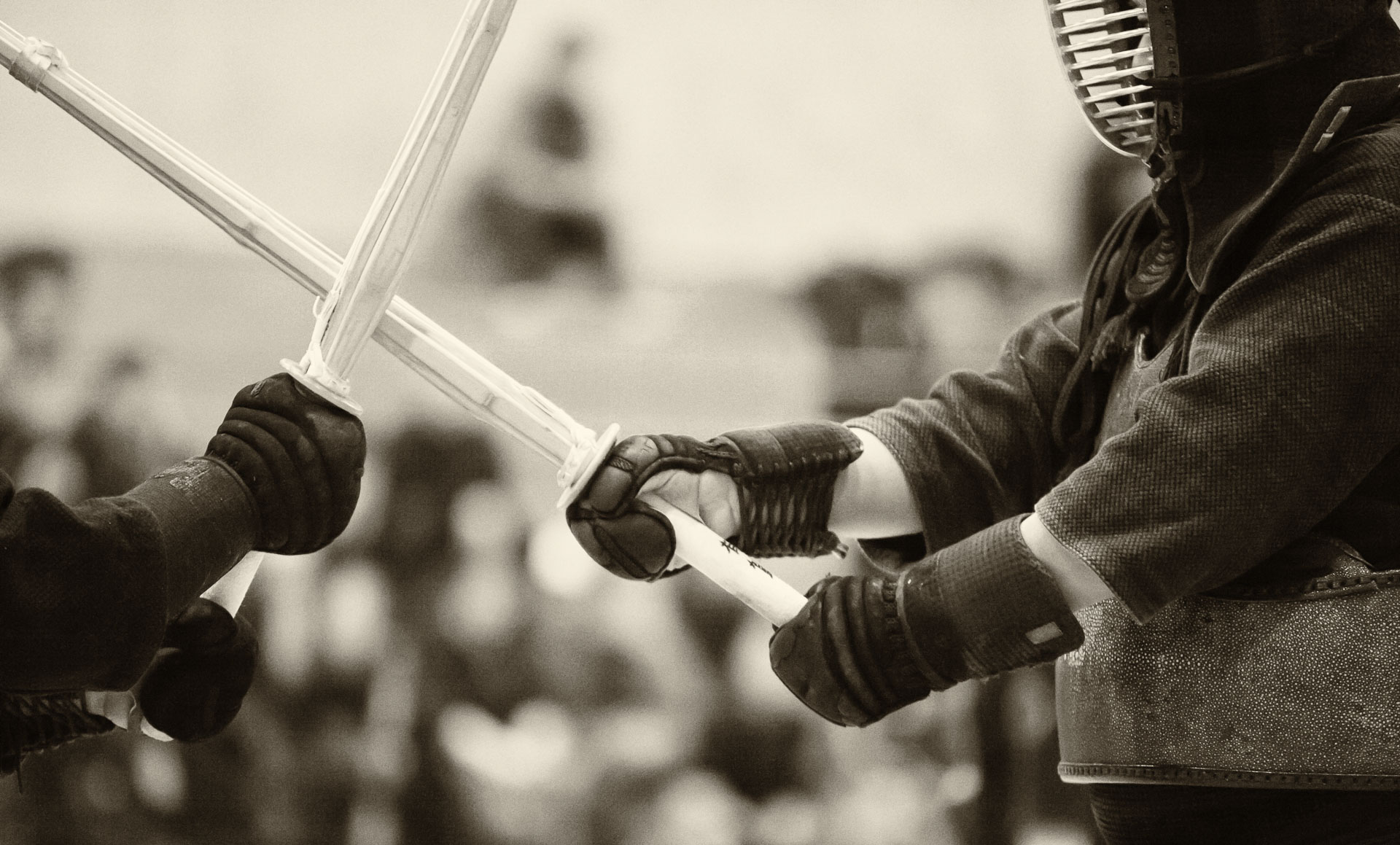
This weekend was incredibly packed with activities for my daughter, even considering her typically busy schedule. She played violin at a local festival, had two dance classes, and played golf – all in a single day. And then, the next day, we were back at the golf course for more practice – all because she had such a good time the day before with some fantastic mentors from our university golf team.
I am continually surprised at how easygoing my daughter is. I think her secret is that she naturally focusses on one thing at a time and enjoys it. She is definitely a good example for me in that respect. She even turns commuting into story time, by asking me and my wife to tell her stories from our childhood, sometimes retelling the stories that she heard many times before. She actually knows them so well that she asks to make sure that her favourite details are not omitted.

Lately, she has been asking for “the mushroom story.” Here it is.
When I was about five years old, I went to a summer resort with my grandparents. One morning, as we were walking in the forest, we found a huge, round, white mushroom on a log. It appeared there overnight after rain. We picked it and brought it to our condominium, where my grandfather and I turned the mushroom into a monster’s head with some charcoal and sticks. Then, we placed it on the edge of an open window and shot acorns at it from across the room using a slingshot that my grandfather made for me a few days earlier. I suspect that he retrospectively realized that giving a slingshot to a five-year-old was not a particularly responsible thing to do, because I had been shooting acorns at everything in sight since laying my hands on it. So having an actual target must have been a welcome development.
At some point, I had a direct hit that knocked the mushroom/head over the windowsill. Grandpa and I didn’t give it a second thought and went on to play some other game. Our condo was on the second floor, and soon there was a knock on our door. My grandmother opened it – it was the neighbour-lady from downstairs, and we heard that she said something to the extent that “your boy splashed some nasty green paint all over our window.” My grandmother said that it was not possible, because the boy had been under constant supervision of his grandfather, who was an exceedingly responsible gentleman. But the grandfather came out and said that he might have an idea of what had happened. And he went to see the aftermath for himself. It turned out that the mushroom that fell downstairs was full of bright green spores that exploded all over the neighbour’s window (in fact, completely covering it with green goo) when the mushroom hit the ground.
My daughter inevitably asks how it all ended, and she is visibly glad when I tell her that I did not get into a slightest bit of trouble. My grandfather cleaned up the mess himself, probably feeling the responsibility of not directing my playing into a less destructive direction.


 One of the nicest things about traveling is that it forces you into relatively unfamiliar situations, which breaks the pattern of daily routine. So while normally you can cruise through the day on an autopilot, being on the road makes you more aware of the present moment.
One of the nicest things about traveling is that it forces you into relatively unfamiliar situations, which breaks the pattern of daily routine. So while normally you can cruise through the day on an autopilot, being on the road makes you more aware of the present moment.




























